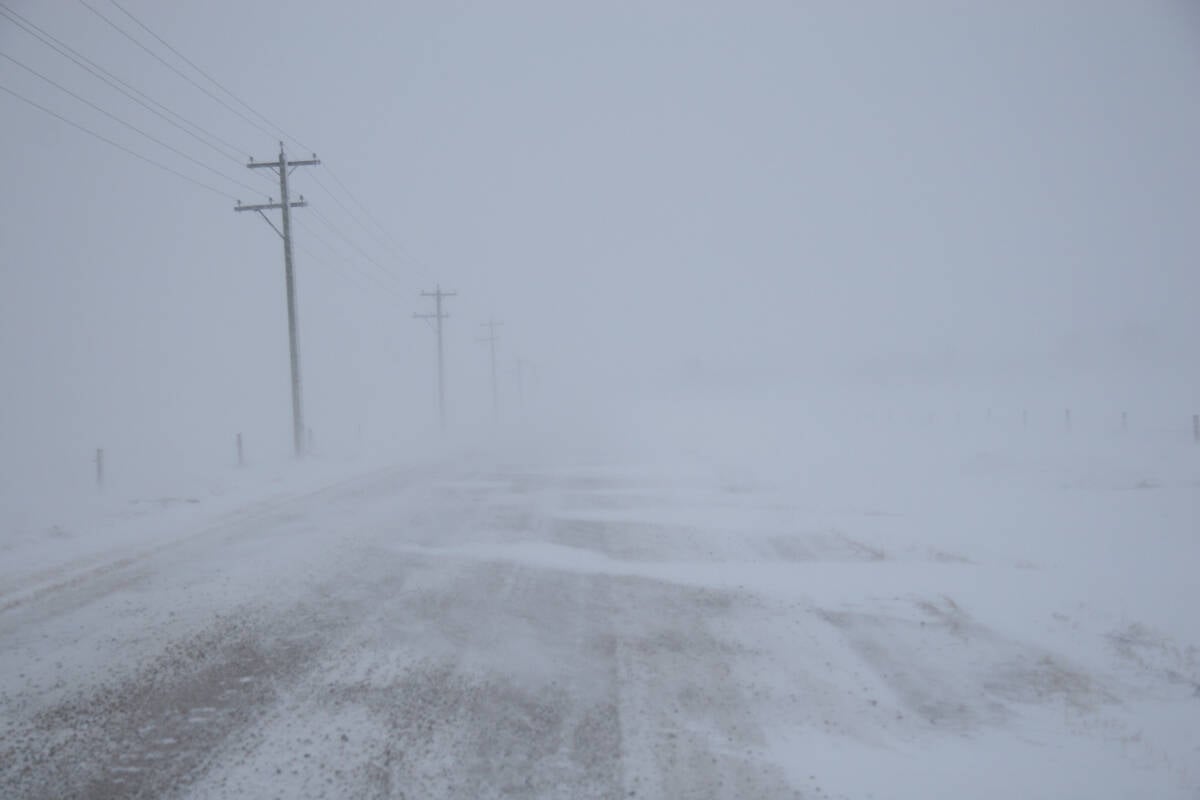Chemical manufacturers and distributors are warning growers they may be paying more for their glyphosate this fall if they are lucky enough to find any.
“There’s no doubt about the fact that supply is tight,” said Trish Jordan, spokesperson for Monsanto Canada.
Monsanto, the world’s largest supplier of glyphosate products, is running its manufacturing plants flat out in an effort to keep up with demand.
The U.S. corn crop is up by 12.1 million acres, much of it Roundup Ready varieties. South American glyphosate demand has also been unexpectedly high.
Read Also

Volatile temperatures expected for this winter
DTN is forecasting a lot of temperature variability in the Canadian Prairies this winter. Precipitation should be close to average.
“I think that caught some suppliers a little bit off guard,” said Jordan.
Every retailer she can think of is tight on low-tier glyphosate products.
“Chinese generic glyphosate plants kind of appear not to be living up to expectations in terms of output. Retail suppliers may not have gauged that properly.”
Surging demand and rising energy and transportation costs are pushing up glyphosate prices.
Monsanto hasn’t increased the prices on its Canadian offerings but the mid and low-tier glyphosates it sells in the United States are up four to seven percent.
Spencer Vance, president of Albaugh Inc., one of the largest generic chemical manufacturers in the U.S., said for the first time he can recall, there has been a substantial in-season price hike of about 45 cents per litre.
“It created a lot of chaos in the U.S. marketplace when we were forced to raise prices in-season,” said Vance.
“There was just a lot of farmers who had prepaid retailers and retailers had prepaid distributors. It was a pretty chaotic mess and frankly still is.”
Vance agreed with Jordan’s assessment that the problem is due to surging global demand.
Consumption of the product is up even in China where much of the generic glyphosate is manufactured.
“We’re having a heck of a time getting product,” he said, adding that Canadian growers who haven’t already secured supplies of the chemical might want to do so.
“Availability is going to be as much of an issue as anything. As we get into the middle of May here, I think product is going to be very tight and probably short in the marketplace. People aren’t going to necessarily be able to get what they want.”
Albaugh is the North American distributor of ClearOut 41 Plus glyphosate, a popular generic.
Canadian growers imported 6.38 million litres of the chemical through the Own Use Import program in 2006.
Vance said Albaugh has an exclusive arrangement with Farmers of North America, which brings the product into Canada on behalf of its members. FNA vice-president Glenn Caleval said his company raised the price of ClearOut by 15 cents last week to $4.40 per litre.
Caleval doesn’t expect his members will be facing a supply squeeze because many preordered their entire season’s needs.
The company has asked its members to voluntarily stagger delivery of the product in the spring and fall to accommodate the manufacturer, but he assured growers they would get every drop that is coming to them.
Caleval said the FNA’s price increase is minimal compared to what happened in the U.S. and what could be coming to Canada for similar generics.
“We’ve been warned the market price could go up by as much as $2 per litre by the time fall arrives.”
Jordan offered no price projections but she said most growers have probably already noticed tight supplies at the retail level and might want to consider buying their fall supplies now.
“It might not be a bad idea if they can get access to stuff,” she said.















